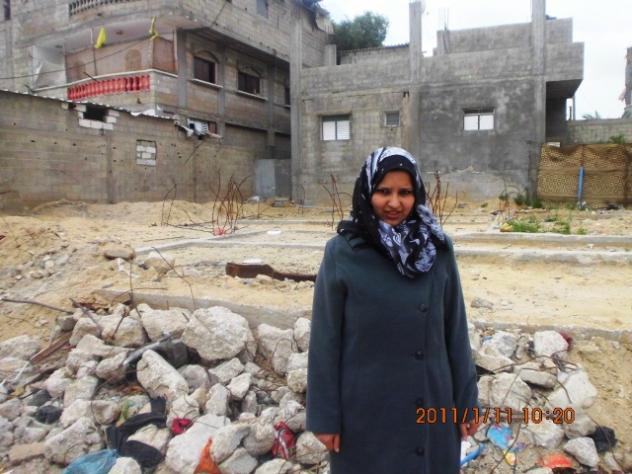I have previously discussed my Eastern European family (which is most of it) but one does not get a name like Bennington without some Anglo-American ancestors. It does not do to generalize, but I will say that my Anglo-American family valued manners and had a somewhat relaxed attitude toward the truth. I was never taught to lie, but I learned about honesty in the context of some other life lessons: I was raised not to talk about problems if that could be avoided, because manners are more important than any one interpersonal conflict. I was taught to be polite when asked for my opinion, and that if I didn’t have anything nice to say, not to say anything at all. I was raised to believe that emotions are best kept private.
Pictured: an alternative to discussing your feelings.
I also grew up in mainstream American culture, where many people value straight talk. And there was the straightforward misery of my continental family, who would say true and horrible things about the world and then laugh like it was a joke. I decided at about 12 that I had enough prevarication and polite omission. If I had something that wasn’t nice to say, I’d say it anyway. People value honesty, but there is a limit beyond which they no longer appreciate it. I cannot say conclusively where that limit is, but I can say that it is somewhere before unsolicited opinions about their shoes.
I have so many opinions.
Anyone who has tried this communication strategy knows it is an excellent way to get labeled an asshole. After limited social success, I decided to soften my position on incomplete honesty. As it turns out, polite prevarication, obliging omission, and the occasional little white lie do a great deal to ease social relations. While people say that they want honesty, they seem perfectly satisfied with kindness even when they know it is somewhat dishonest. We know this firsthand when we answer questions like “Does size matter?” and “Do I look fat in this?” Being more careful about social niceties left a tension in me: a heart that longed to tell the whole truth, and a sense of politesse that restrained me from criticism except with my most intimate confidants. So I was the worst of both worlds: superficially polite, and vituperative behind people’s backs.
“Of course I think your weird, frog-shoes are acceptable to wear in public”
After adulthood, and much therapy, I can say I have gotten better by working toward a middle path. Honesty and kindness is much more challenging than a false face of geniality and an inner character that loves to complain. In the Sutras there is a passage about Right Speech, one of the steps on the Eightfold Path:
"Do I speak at the right time, or not? Do I speak of facts, or not? Do I speak gently or harshly? Do I speak profitable words, or not? Do I speak with a kindly heart, or inwardly malicious?” — AN V (From The Patimokkha, Ñanamoli Thera, trans.)
That is a great deal to ask of oneself before speaking, but this rigor is better than poor character. While this process eased the tension between telling the truth and being kind, it did not resolve it entirely. What does one do when one’s truth is not timely or when the truth is harsh? How can one be honest under such circumstances?
Without my intending her to, Emily Dickinson provided the answer from beyond the grave. I was thumbing through a poetry anthology someone had left on a street corner, seeing if it was worth taking home, when one of her poems struck me with insight, like a bolt from the blue:
Tell all the truth but tell it slant — (1263)
Tell all the truth but tell it slant —
Success in Circuit lies
Too bright for our infirm Delight
The Truth's superb surprise
As Lightning to the Children eased
With explanation kind
The Truth must dazzle gradually
Or every man be blind —
Success in Circuit lies
Too bright for our infirm Delight
The Truth's superb surprise
As Lightning to the Children eased
With explanation kind
The Truth must dazzle gradually
Or every man be blind —
Not just for easing this tension between my honesty and kindness, but for every facet of communication. It is not disingenuous to reveal the truth circuitously, it is necessary. Some of the greatest truths become bizarre and grotesque when approached head-on. Instead, one must work from detail to detail, premise to premise, until the full picture can be viewed with clarity.

